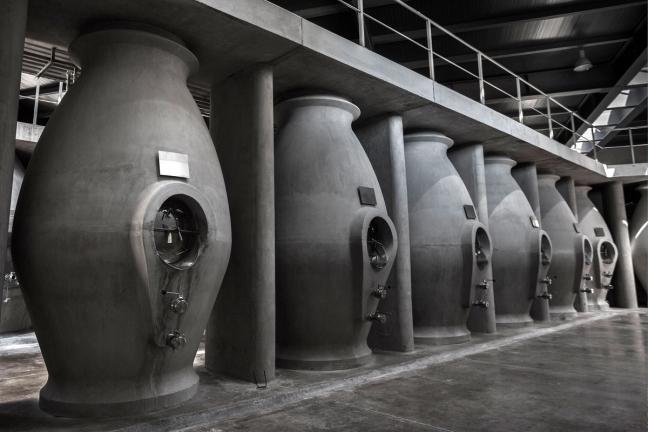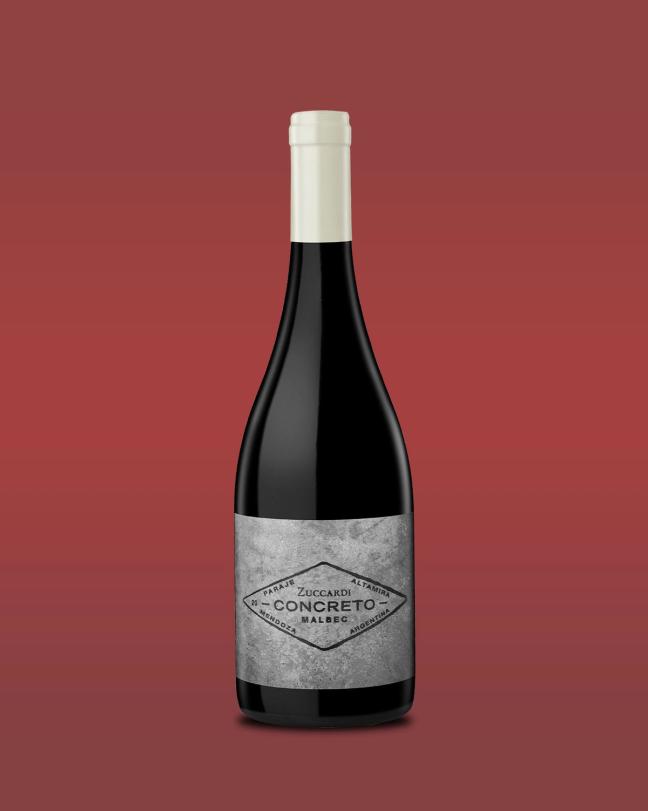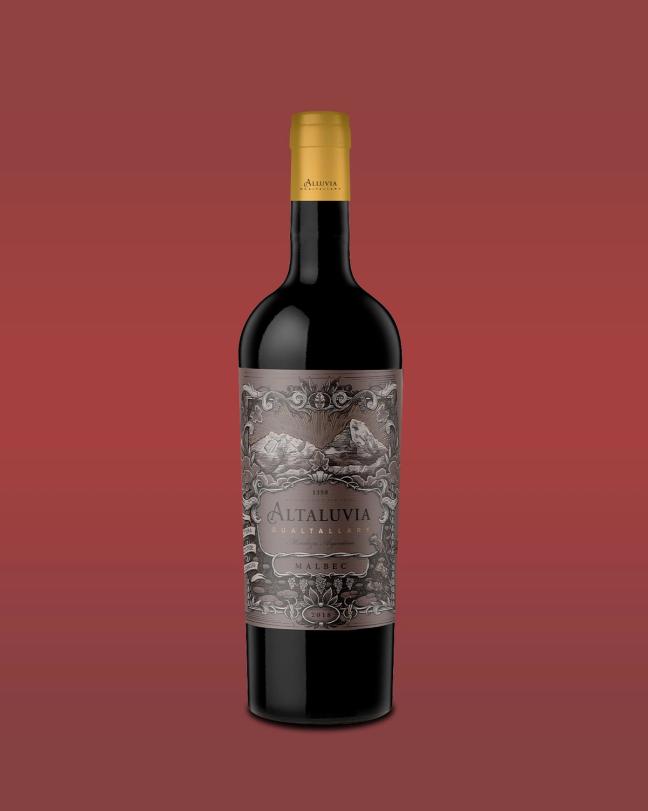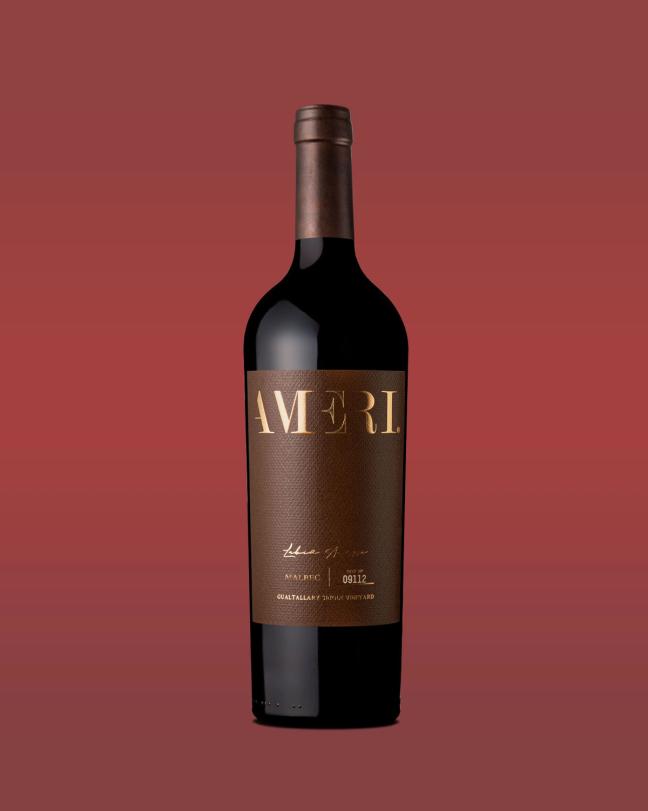A brief history on Argentinian malbec (and 3 new-generation bottles to try now)
In celebration of World Malbec Day, we look at the origins of the wine, from the rich, oaky identity that brought about its renown to its evolution into something more nuanced
On 17 April, 1853, the local government of Mendoza took a decision that would have profound implications for the evolution of the Argentinian wine industry. On the advice of the country’s future president, Domingo Faustino Sarmiento (at the time in political exile in Chile), it commissioned the renowned French ampelographer Michel Aimé Pouget to found the Quinta Normal de Mendoza, a research centre and agronomy school with a focus on importing grape vines from Europe in the hope that they would flourish on Argentinian terroir.
Sarmiento had seen Pouget’s work developing the Chilean wine industry and felt the same could be done in Argentina. Even he, though, could not have foreseen the success that Mendoza winemakers would have with what would become the region’s signature variety. Malbec has since become one of the few – perhaps the only – grape varieties to be more successfully cultivated in the southern hemisphere than in the north (its European stronghold is the south-France region of Cahors, where it is known as Côt – neither label is exactly a household name). By contrast, malbec would go on to become Argentina’s marquee bottle – and 17 April would go on to be named World Malbec Day.

Though Argentinian malbec enjoyed widespread popularity in the following 150 years, it was during the two decades either side of the millennium that its ripe, plush, soft embrace enveloped the UK and US markets. That rich, generous malbec identity – the perfect pairing with steak – coincided with the ‘bigger is better’ fashion of the time and saw it jostling on the shelves with Californian cabernet, Australian shiraz and Chilean merlot. But all good things must come to an end, and as tastes started to move away from blockbuster wines to something more restrained and elegant, so the next iteration of Mendoza malbec has taken hold.
At the forefront of the evolution is Sebastián Zuccardi. Under his father, the enterprising José Alberto Zuccardi, malbec took UK supermarkets by storm in the 1990s and early 2000s. Now, the next generation is evolving the grape variety to more premium, nuanced renderings.

‘Fifteen years ago, malbec was big, ripe, alcoholic and oaky,’ says Sebastián Zuccardi. ‘But it became too much, and we wanted to change that.’ Amid the wine world’s somewhat idealised image, the route for doing so was somewhat less than romantic – concrete.

‘We experimented with various ageing vessels – older oak barrels, stainless steel and concrete,’ says Zuccardi. ‘I fell in love with concrete straightaway.’ So much so that, in 2014, he commissioned a new winery equipped with 172 concrete vats and not a single oak barrel – and promptly released a new, flagship malbec, named simply Concreto. A decade later, this is a serious, stately but eminently drinkable wine, with the current release – the 2021 – being juicy but grippy, yet without the heft and bulk of yesteryear.

‘Concrete doesn’t give any flavour to the wine – it doesn’t put any “make-up” on the wine,’ says Zuccardi. ‘It allows the wine to taste of its place.’ And that place, for many, is the Uco Valley, the higher, cooler part of Mendoza where Argentina’s premium producers have decamped ever since the mass-production boom of the 1990s that played out on the eastern side of the province.
‘Malbec is a variety that really showcases its terroir,’ says Laura Catena, another winemaking standard bearer who is – through her family’s eponymous brand – also elevating the work of a pioneering father. ‘People think that all malbec is big and burly,’ she continues. ‘But in a cool climate, at high altitude, it becomes more floral, with a touch of spice – more blue fruits than black fruits, with smoother tannins and higher acidity than cabernet sauvignon.’
Catena is among the front rank of winemakers now drilling deeper by looking for the ‘grand cru’ sites within the Uco Valley – and chief among them is Gualtallary, where the calcium carbonate deposits on older, stonier soils closer to the Andes deliver more intensity and complexity to the wines.

It is here where Doña Paula sources the grapes for its Altaluvia Malbec, the 2018 vintage of which shows impressive complexity, with a lifted nose and a touch of incense leading to a dense, chewy palate. ‘Gualtallary is the “grand cru” of the Uco Valley,’ says Doña Paula winemaker and viticulturist Martin Kaiser. And with this sub-region limited to 2,300 hectares of plantings due to a lack of available water reserves, its exclusivity is assured.

Among the other producers here is Domaine Bousquet, whose single-vineyard Ameri malbec showcases a beautifully sweet attack that persists throughout a long, persistent palate marked by green pepper and spice on the finish. Bousquet is a wholly organic producer, and there is a purity to this – and to the best Argentinian malbecs – that speaks of the confidence and skill of a new generation of producers making the variety their own.
Want more drink content? These are 3 signature cocktail recipes from The Connaught Bar...

Become a Gentleman’s Journal Member?
Like the Gentleman’s Journal? Why not join the Clubhouse, a special kind of private club where members receive offers and experiences from hand-picked, premium brands. You will also receive invites to exclusive events, the quarterly print magazine delivered directly to your door and your own membership card.
Further reading

Restaurant review: with ABC Kitchens, Jean-Georges Vongerichten produces yet another multi-layered venture

Defined by power and body, this is why the Penfolds Bin 707 is analogous to a jumbo jet
